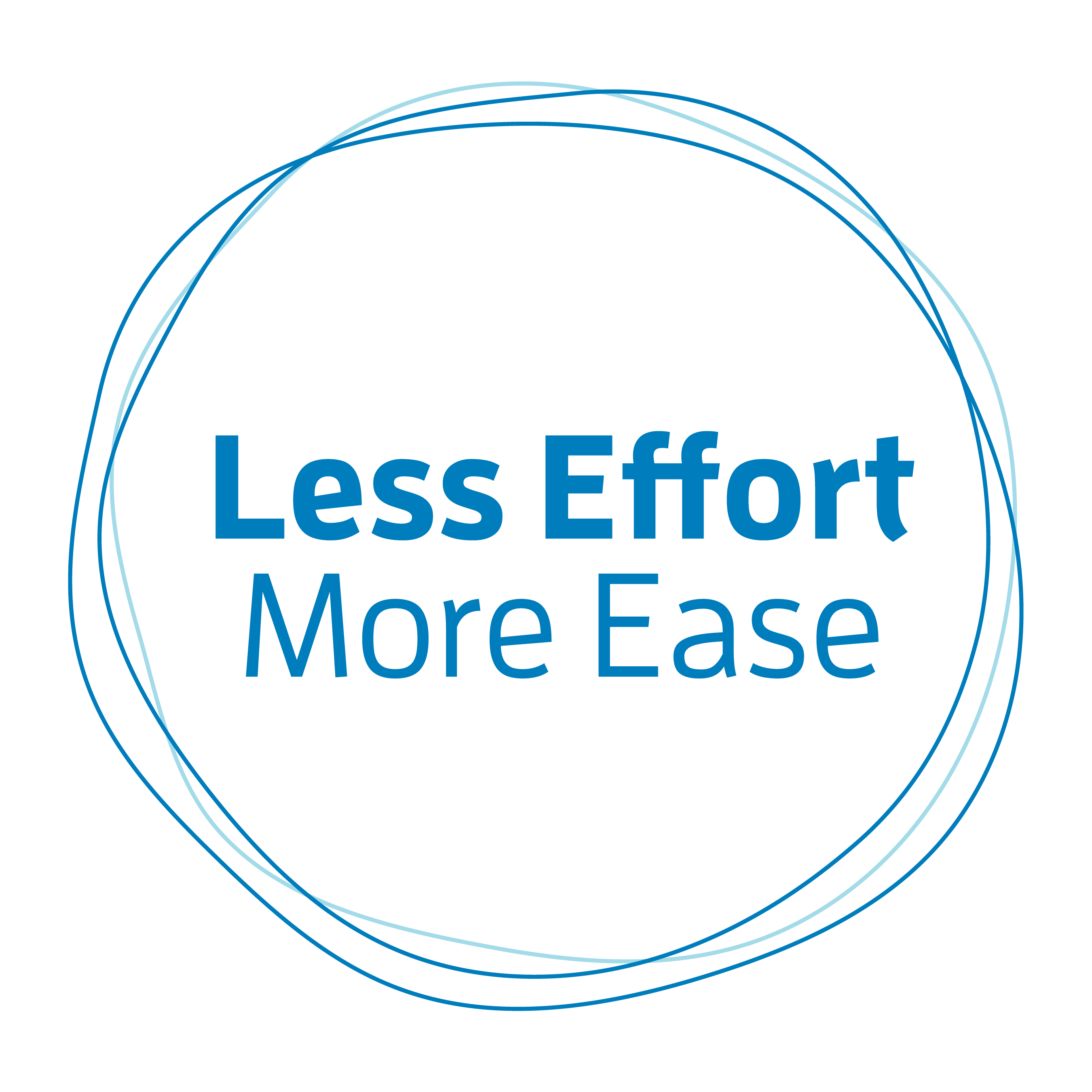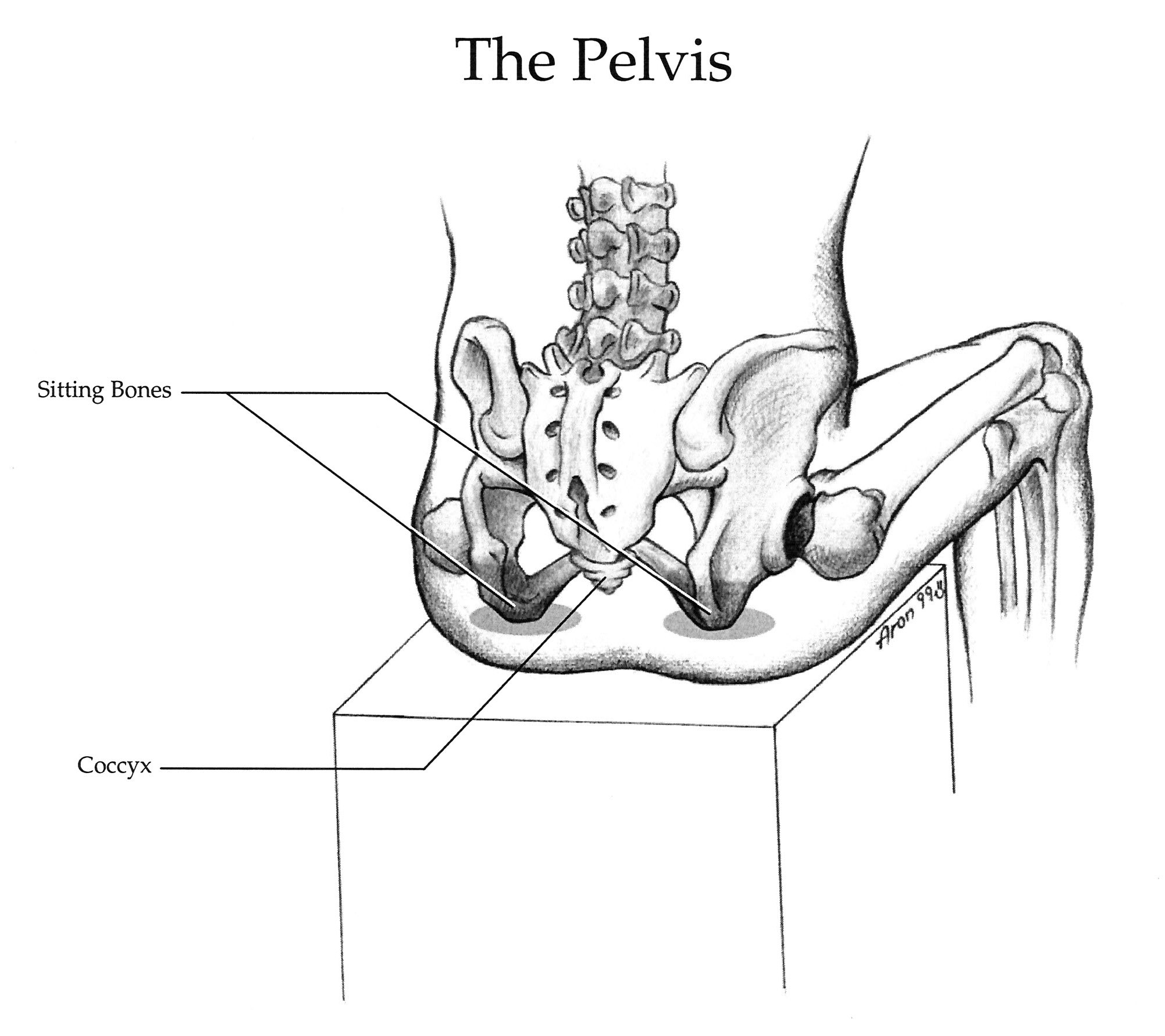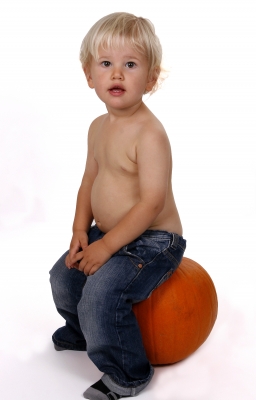Let’s stay down at the bottom end of the spine and get more acquainted with the pelvis.
When you’re standing you stand on your two feet. I think we can agree on that. When you’re sitting upright on a chair you sit with the majority of the weight on your two sitting bones. Sitting bones is a term often used for the two rocker-shaped protrusions at the bottom of the pelvis. Ischial tuberosities is the correct anatomical term but that’s a mouthful. Besides, it sounds like some sort of disease. Sitting bones is easier to remember and sounds more benign.
If you sit down on a relatively firm chair and put your hands under you, between you and the chair, you should be able to feel these two rocker-shaped bones. Rock and roll around on them. Rock forward and back. Make a circle going to the right. Make a circle going to the left. Get fancy and make a figure eight! I like to think of my sitting bones as my internal rocking chair.
Your pelvis serves as the foundation for your upper half. Therefore, you want to make sure it’s squarely under you when you’re sitting. In order to have your pelvis and sitting bones squarely under you, you must get your bottom behind you. That’s important so I am going to repeat it.
In order for your pelvis and your sitting bones to be squarely under you, you must get your bottom behind you.
Don’t sit on your bottom. Sit on your sitting bones.
If you sit on your sitting bones you’ll have much easier access to your hip joints which is where you need to bend from if you’re going to move forward toward something like the computer keyboard or some project you’re doing on the table in front of you, or to reach for something.
If you imagine you had a tail, sitting with your bottom tucked under you would be like sitting on your tail. Sitting with your bottom behind you would be like placing your tail out behind you.
So go forth, explore, experiment, and get to know your sitting bones. You will, by the way, find it much easier to get your sitting bones squarely under you if you’re sitting on a flat seat as opposed to one that slopes backward. Why would that be? Stay tuned…
Picture Credits: Image of chickens by Capri23auto from Pixabay; Fig 1: Aron Czerveny. Available as a free download (Thank you Tim Soar!); Fig 2: Image courtesy of photostock at FreeDigitalPhotos.net; Fig 3: Image courtesy of Clare Bloomfield at FreeDigitalPhotos.net







